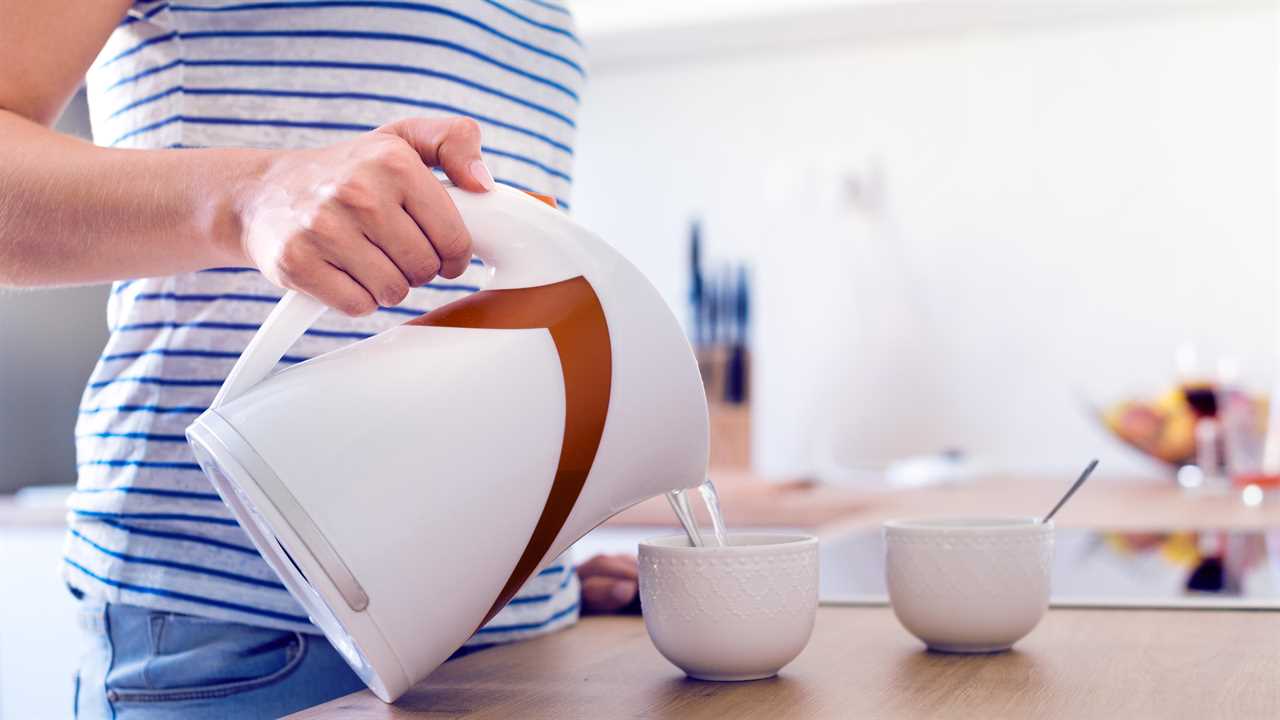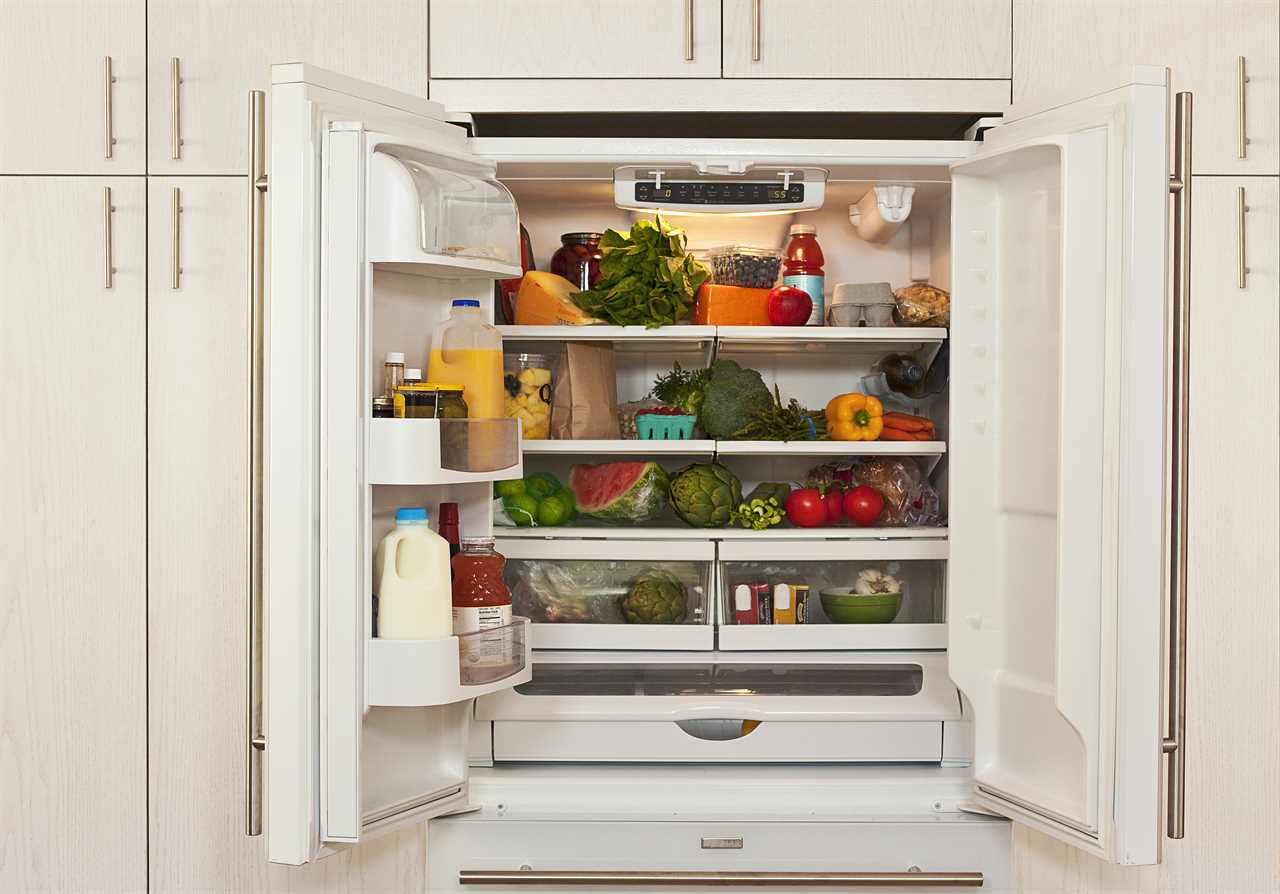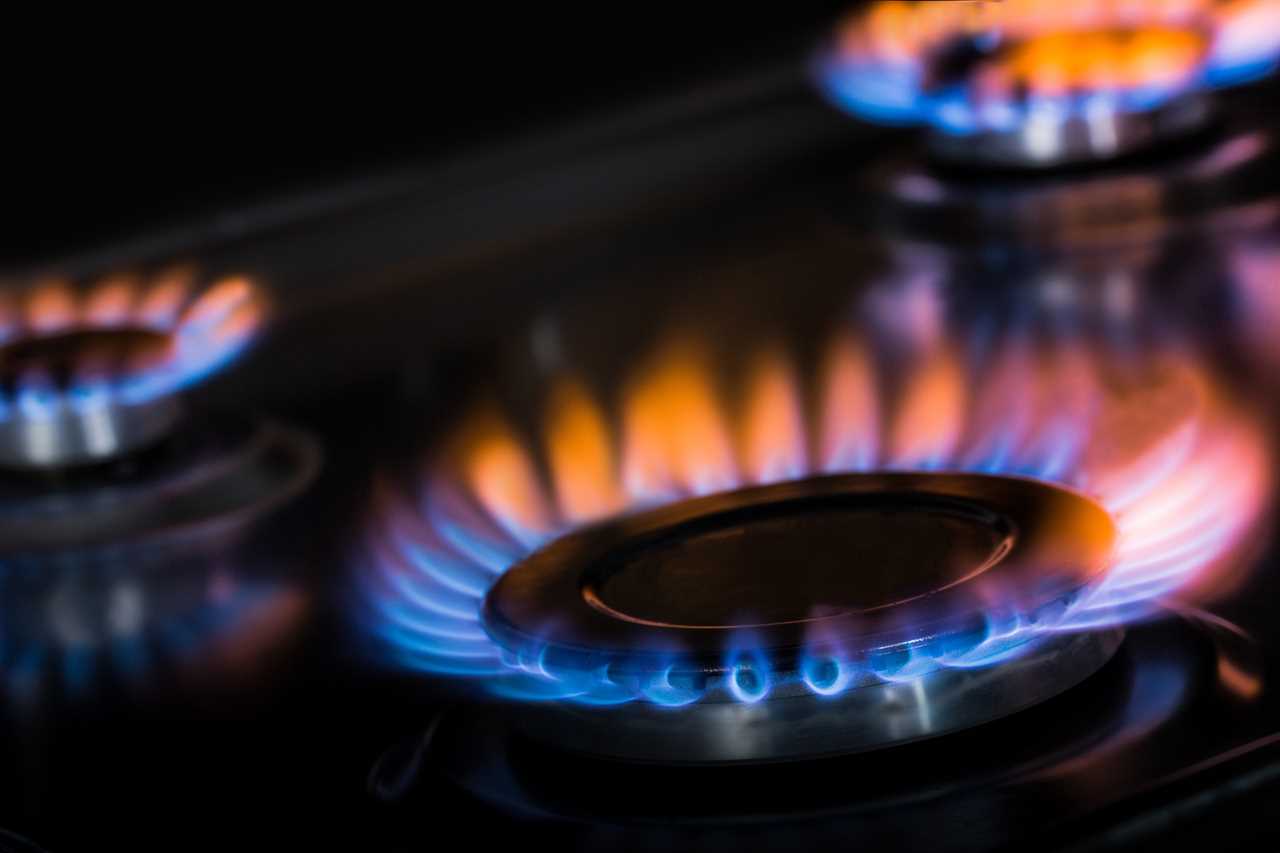YOUR kitchen is full of energy consuming culprits that are driving up your energy bills – even something as harmless as the kettle.
With The Queen’s Jubilee celebrations still underway it’s the perfect time to pop it on for a Great British cuppa – but if you go about it the wrong way you could be ADDING more to your household bills.

Plenty of appliances you use everyday could be unknowingly hiking your costs, meaning you’re spending more than you need to to boil up, or wash down, and more.
Avoiding these common mistakes could help you save cash as energy prices continue to climb.
Regulator Ofgem has suggested bills could reach £2,800 by October, so now is the time to start cutting back in any way you can.
Making a cup of tea requires only a tea bag and water for example, so it can’t be too hard to go awry.
But every time you fill the kettle more than you need to it’s costing money.
It’s because you’ve got to boil more water that only ends up getting wasted anyway.
The exact amount you can save depends on your how much you pay for energy and how many cuppas you have each day though – and the more you drink the more you stand to save.
If you’ve got the family round this evening for the last of the bank holiday celebrations, you might be making a few brews to keep everyone sweet.
Uswitch says a 3kwh kettle takes around 1p to boil one cup of tea in one minute.
But if you fill up your kettle five times more than that, it would take five minutes to boil and cost 7p.
That means you could be wasting 24p a day if you boiled the kettle four times a day and overfilled it.
Keep up that pace and over the year, that totals almost £90 as a whopping £87.60 of wasted cash goes into boiling water you don’t need.
If no one else is interested in another cuppa on your next tea run, take the mug you’re using and fill that with water before pouring it into the kettle.
That way you know you’re only paying to boil what you actually use.
Even unplugging it from the wall is another step to slashing some pennies off your bill.
When left on standby, the kitchen gadget will simply “eat up electricity”.
Switch it off at the plug and you could save money on your energy bill.
But it’s not the only appliance you could be using in the wrong way – wasting energy and money. We reveal all the kitchen culprits to watch out for.
The other energy-draining kitchen-culprits
The hob
Using the wrong SIZE hob could be pushing up your energy bills.
If you instead use the correct sized ring for the pan you’re cooking with, you’ll avoid any excess heat escaping which takes waste energy away with it.
If you can see any of the electric ring, or any gas flames, then that means the heat is working hard for nothing, heating the air rather than the pan itself.
Experts say placing a 15cm pan on a 20cm ring could be wasting as much as 25% energy.
Your freezer
You should defrost your freezer and not overfill it if you want to save on your energy bills.
If you don’t defrost your freezer regularly it could add as much as £150 a year to your bill.
If it’s all clogged up with freezer burn you might find the motor has to work harder to regulate the temperature.
Also when you have too much food stuffed in your fridge or freezer, the appliance struggles to keep all the items of food cold, and uses more energy as a result.
Your washing machine
Reducing your washing TEMPERATURE to 30°C could save you £13 a year, while cutting further to 20°C could shave £24 off your annual bill.
If your machine is only half full, you might want to hold off from hitting the start button too.
Waiting until you have a full load of washing means you’re likely to do fewer cycles through the year.
Consumer group Which? found that doing one big wash four times a week reduces energy consumption by 17% compared to someone doing three smaller washes every day.
Your dishwasher
According to Uswitch you should wait until the dish cleaning machine is full before putting on a load.
You’re wasting half the energy otherwise.
Read More on The Celeb Report
The comparison website also says that using an eco setting (which most dishwashers now have) can save as much as 20% of energy use per wash.
It’s also noted that a pre-wash is not needed, if you want to take another step to slashing costs.










